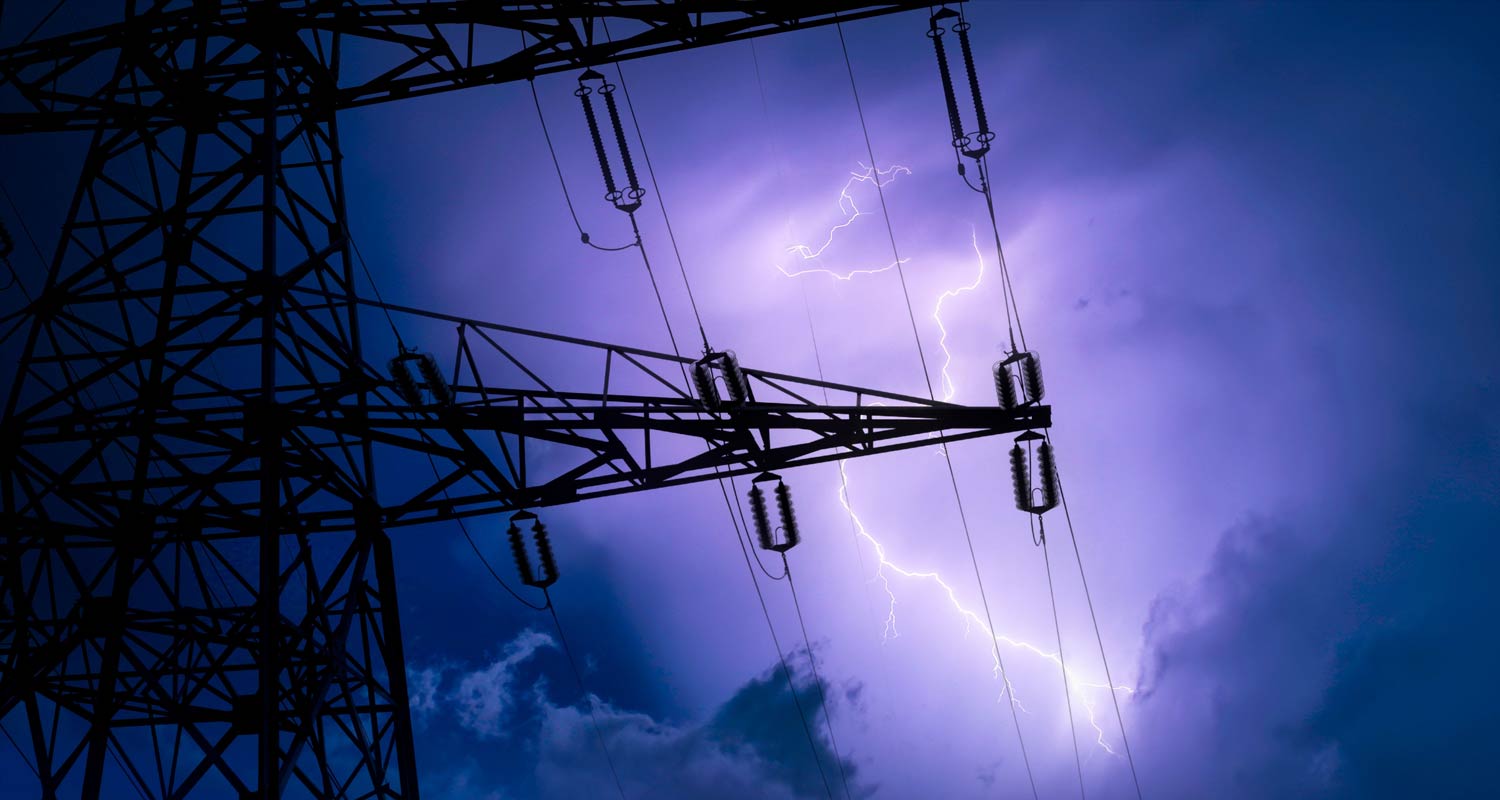Try our mobile app

A turnaround in Eskom’s finances has won praise from investors but they are keeping their eyes on one issue — the company’s struggle to recoup some R95-billion in unpaid electricity bills from cities and towns across the country. It’s a debt pile that continues to mount as municipalities themselves fall behind in collecting revenue from customers. With R95.4-billion owed as of November, the arrears could jeopardise Eskom’s plans to spin off its distribution unit, a move that it says is key to boosting efficiency and securing investment. It could also put at risk investors’ new-found goodwill towards a company that was seen as symbol of chronic dysfunction but is now about to turn its first profit in nearly a decade. Blamed for years of rolling electricity blackouts, it’s managed to keep the lights on for nine months in a row, offering hope to the power-starved economy. The growing scale of the problem requires immediate and decisive interventions and some tough trade-offs Investors have responded to the improvements by demanding lower premiums to hold Eskom bonds. But many, like Olga Constantatos at Futuregrowth Asset Management, are urging urgent action on the non-payments issue. “The municipal debt problem is of ongoing — and growing — concern,” Constantatos said. “The growing scale of the problem requires immediate and decisive interventions and some tough trade-offs by government, which historically has been a challenge for this and previous administrations.” The power issue is one of the biggest challenges for the new South African government, which took office last year on an agenda of reform aimed at rooting out corruption and kick-starting economic growth. National treasury did introduce a debt-relief programme for municipalities in 2023, provided they met certain conditions. But uptake has been slow, and many councils are failing to enforce the required credit controls, meaning they cannot collect enough money to pay Eskom. Declined Municipal payment levels have actually declined and are now below 85%, compared to 90% two years ago, Constantatos noted. For now, investors are giving Eskom the benefit of the doubt. State Street Liquidity, JPMorgan Investment Management, Abrdn and Thrivent Financial were among the funds that added to holdings of Eskom’s 2028 bonds in the latest quarter, filings show. Read: Eskom risk premium falls as turnaround wins over investors The extra yield investors demand to hold Eskom dollar debt without the benefit of a government guarantee has slipped to the lowest on record. And the yield premium over comparable US treasuries is at the lowest since the securities were issued in 2018. “Although significant challenges remain, we believe Eskom is progressing towards achieving a sustainable business model and fulfilling its debt obligations,” said Franck Bekaert, an analyst at research firm GimmeCredit, which rates Eskom bonds at “outperform”. Bekaert said, however, that Eskom’s longer-term financial viability without state support hinges on “implementing a cost-reflective tariff path for the coming years”. The company’s request for a 36% increase in tariffs for the 2026 financial year has not gone down well with the public, which has already faced a 600% rise in electricity costs since 2006. The government, too, says such hikes will exacerbate energy inequality, and is examining measures to keep prices down. Eskom’s application for the tariff increase is pending with the national energy regulator, which is expected to announce its decision by end of January. — Colleen Goko and Paul Burkhardt, (c) 2025 Bloomberg LP Get breaking news from TechCentral on WhatsApp. Sign up here . Don’t miss: Municipal debt mountain threatens Eskom restructuring